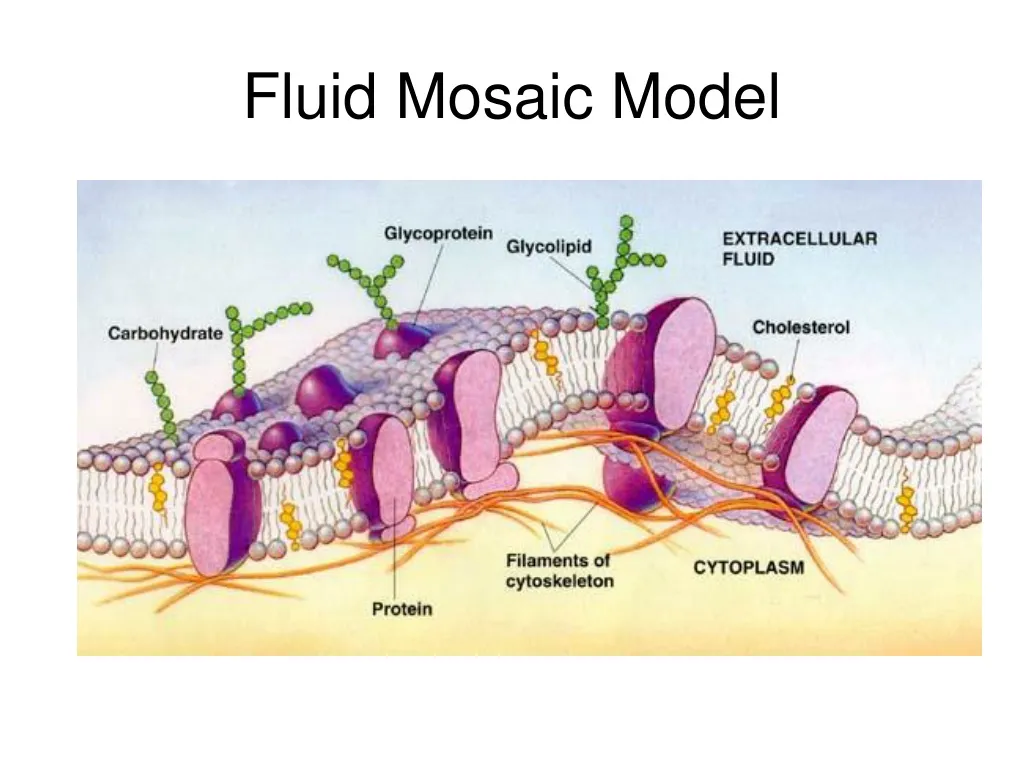
They are randomly distributed all over and restrict the movement of unwanted things inside the cell. Cholesterol – It functions to bind the phospholipids together under harsh circumstances.

Similarly, if the temperature is low, the phospholipids come closer. When the temperature is elevated, the phospholipids move apart.

They make the cell membrane strong and turgid, which helps the cell wall keep the cell’s contents safe. The main framework of the fluid mosaic model of the cell membraneĪccording to the fluid mosaic model, the proteins and phospholipids are arranged in the cell membrane in a mosaic manner. A phospholipid is present throughout the cell membrane as it is the fundamental thing required for the membrane to exist.Intrinsic and extrinsic proteins – The intrinsic proteins are found inside the phospholipid layer, whereas the extrinsic proteins are found outside the phospholipid layer.Cholesterol- Cholesterol exists between the phospholipid layers.Carbohydrates – The carbohydrates are presently attached to the outside of the membrane layer.The components of the fluid mosaic model of the cell membrane and its contents Similarly, myelin constitutes 76% lipids and 18% proteins. For example, we can say that the mitochondrial inner membrane has 24% lipids and 76% proteins. The contents of the cell depend on the function those cells have to play inside the body. The theory explains that the cell membrane surrounding the cells’ body is made up of phospholipids, carbohydrates, cholesterol, and proteins.Īlthough the thickness and size of the cells vary from type of cell to cell, the cell organelles and the contents remain more or less the same. Their theory has accuracy and describes the cell membrane for what it is. In 1972, the fluid mosaic model of the cell membrane was first proposed by Garth L. The names behind the fluid mosaic model of the cell membrane Also, it allows the essential nutrients to make their way into the cell and helps the cell dispose of its waste material. It serves as a barrier that prevents unwanted and unnecessary substances from entering the cell.

It is made up of lipid bilayer and can intake lipid-soluble substances. It keeps the cell turgid and holds the contents of the cell. A cell membrane is a membrane that is found surrounding the cell.


 0 kommentar(er)
0 kommentar(er)
